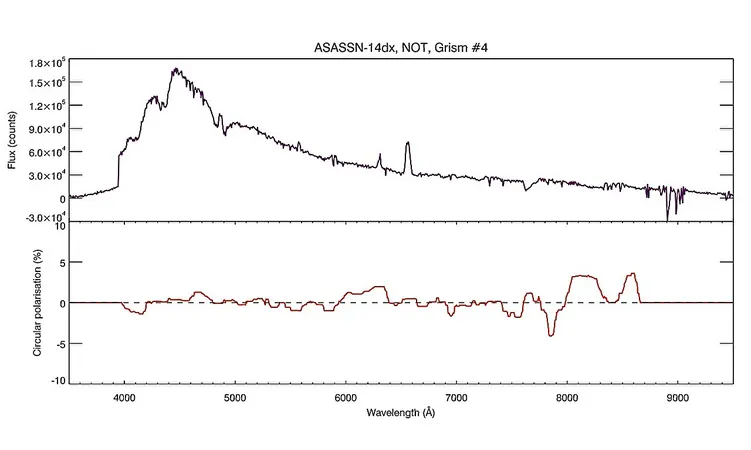
The Sweet Science of Healing: How Honey is Revolutionizing Wound Care
2025-04-08
Author: Amelia
In a fascinating blend of ancient wisdom and modern science, honey—nature's golden elixir—continues to be a remarkable remedy, one that has captivated both medical professionals and researchers since the time of the Pharaohs. The therapeutic properties of honey have been rediscovered and are being utilized in contemporary healthcare, thanks to groundbreaking research led by experts like Simon Matoori, an assistant professor at Université de Montréal's Faculty of Pharmacy.
Matoori's interest in honey's medicinal virtues was ignited by an alarming rise in antibiotic resistance, prompting calls for effective alternative therapies. His recent findings, published in the journal *Advanced Therapeutics*, highlight the impressive antiseptic, anti-inflammatory, and pro-inflammatory properties of honey, showcasing its multifaceted role in wound healing.
A Unique Kind of Honey
It is crucial to note that the honey used for medical purposes differs significantly from what you might find in your local supermarket. Medical-grade honey is stringently regulated, sourced from certified organic providers, and subjected to gamma sterilization to eliminate harmful organisms, such as Clostridium botulinum spores. The preferred variety for medicinal use is often mānuka honey, sourced from New Zealand and Australia. Unlike regular honey, mānuka boasts high levels of methylglyoxal, a compound engaging in potent antimicrobial activity.
The Healing Mechanism Behind Honey
Research indicates that honey interacts with wounds in a complex manner. Its natural acidity and high sugar content create an inhospitable environment for bacteria, which is a critical factor in its healing properties. Intriguingly, honey can exhibit either anti-inflammatory or pro-inflammatory effects depending on the wound's condition. "In a highly inflamed wound, it acts as an anti-inflammatory, while in a chronic wound that’s not very active, it can stimulate a beneficial inflammatory response that promotes healing," Matoori explains.
Promising Yet Cautious Progress
Currently, over 20 honey-based products have earned approval from the U.S. Food and Drug Administration for medical use. In Canada, practitioners have already begun to harness honey's healing powers in treating various ailments, including diabetic foot ulcers, surgical wounds, and even second-degree burns. However, while results appear promising, Matoori expresses caution. The current body of research showcases inconsistencies largely due to non-standardized research methods. "We need more rigorous studies with standardized protocols concerning honey's type, dosage, and patient demographics," he asserts.
The Future of Honey in Medicine
Understanding the active components within honey, especially methylglyoxal, opens the door to developing standardized, more effective wound dressings. Greater research into the natural variability of honey is underway, with scientists aiming to create bio-inspired products that can retain honey's beneficial properties while ensuring consistent composition for large-scale production.
In a bold move, Matoori's research ambitions extend into veterinary applications, addressing the increasing need for effective treatments in livestock. As we stand on the brink of a potential revolution in wound care, honey may yet prove to be a vital weapon in our ongoing battle against antibiotic resistance.
Stay tuned! The exploration of honey’s capabilities is just beginning, and its sweet promise for the future of healthcare is tantalizing!









 Brasil (PT)
Brasil (PT)
 Canada (EN)
Canada (EN)
 Chile (ES)
Chile (ES)
 Česko (CS)
Česko (CS)
 대한민국 (KO)
대한민국 (KO)
 España (ES)
España (ES)
 France (FR)
France (FR)
 Hong Kong (EN)
Hong Kong (EN)
 Italia (IT)
Italia (IT)
 日本 (JA)
日本 (JA)
 Magyarország (HU)
Magyarország (HU)
 Norge (NO)
Norge (NO)
 Polska (PL)
Polska (PL)
 Schweiz (DE)
Schweiz (DE)
 Singapore (EN)
Singapore (EN)
 Sverige (SV)
Sverige (SV)
 Suomi (FI)
Suomi (FI)
 Türkiye (TR)
Türkiye (TR)
 الإمارات العربية المتحدة (AR)
الإمارات العربية المتحدة (AR)